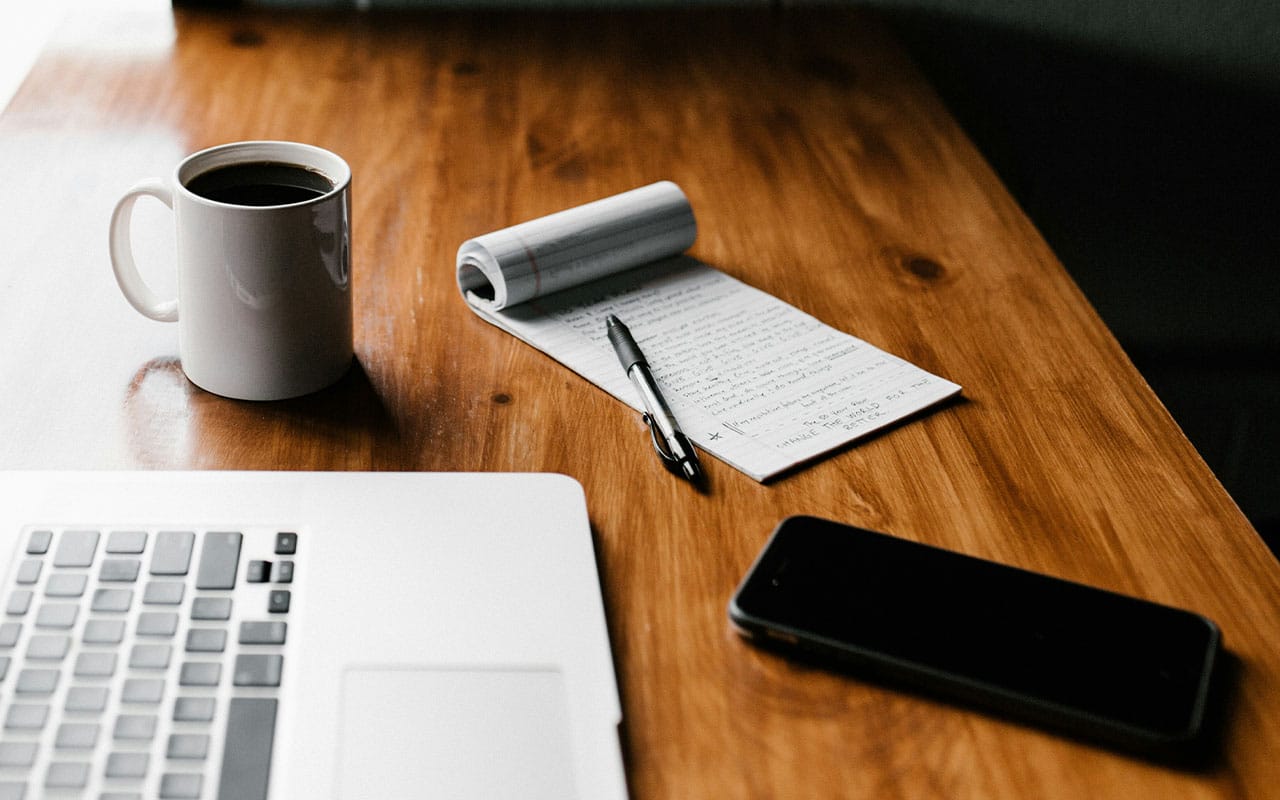Your basket is currently empty!
Now that I’ve cleaned up the library, found places for things, and processes for getting them there, it’s time to consider choosing between digital or analog systems.
Tidying up was hard.
Such a big clean out it left me doubting the wisdom of buying a little extra stationery to secure free shipping.
First everything went onto the floor, and then into boxes. Some of it moved from one box to another before some of it made it into drawers. It looks nice stacked in containers in the drawers.
I even went through my filing cabinet and got rid of a load of old brochures and print outs.
I was excited to see the floor again.
I bought a couple of bins, an A5 storage box for my pending file, as well as som other bits and pieces in, and researched organisational systems.
Some of those organisational systems were more like filing systems, but as I mentioned last week, the systems I need are:
- Calendar
- Notes
- Daily tasks
What I didn’t mention before, is I’ve been using a Frankenstein’s monster of a combined digital and analog system. Half the system comes through the mailbox in paper, and half via email.
What do I need?
Before I get to making any decisions, I have to think about what I need.
Now that I’ve worked out my pending solution, my current analog system could work – I’ve already printed out some to-dos and filed them ready for action.
But, ideally I’d like one system for everything.
Though the fact of my mail being half paper half digital for some time, means I’ll have to either print all the digital, or input the analog.
Regardless, It has to be simple – I don’t want to spend more time maintaining the system than getting the work done, so from that point of view, printing is easier.
Digital or Analog?
Digital pros and cons
These day, it’s hard to avoid the digital world. Very few of us leave home without our mobile phones, and through them, we have access to email, calendars and the internet, which comes with social media.
We also have the capacity to shop, pay bills, watch movies, or read books on them. I expect there’s quite a few people who exlusively use their phones and not PCs, laptops or tablets.
But, here in Australia, we don’t have universal internet. In some areas, less than 50km from a city, the internet is unreliable, let alone the remote regions. It’s possible I could be out and unable to access my system.
There’s a precendent.
Also, processing my paper mail would mean scanning and typing each article which would take a fair bit of time.
And then there’s that thing where it’s next to impossible to take a moment to do a quick search for information without navigating so many rabbit holes you forget what you went online for.
Set up
One of the issues of setting up a digital system is making time to analyse them to see if they might work for you.
Then, you have to set it up.
And learn how to use it.
Which will take time.
And while I don’t want to get left behind, I don’t want to go to the trouble of setting something up to watch it become obsolete and unsupported in five years. Like some of my previous favourite apps.
Then again, all the digital go-go-go isn’t really compatible with slow living either.
Synchronisation
And with that, comes the ability to synchronise; a digital positive.
My library’s distribution service offers synchronisation across multiple devices. It’s so handy to drop the phone and pick up the tablet to finish reading a book, or watching a show.
But if you’re going to do that, you first of all need the internet, and the assurance all your providers will get along.
I haven’t forgotten getting caught in the middle of the Apple v Microsoft battle about who owned the calendar and losing everything.
Automation
Chelle Honiker’s automated systems are impressive.
Especially the social media posting which is too complicated to explain, but means her posts are written and queued and all she needs to do it check them and send them out in batches.
And of course, she doesn’t use automation for her “sensitive” materials, like financial or executive systems.
And there’s the thing. The only system I’d like to automate would be the finances, and that’d probably be better managed with an accounting system.
Though it’d be hard to automate an analog system without an assistant (yes I know that’s actually more delegation than automation). Everything has to be done by hand (so to speak). Which takes time.
Analog pros and cons
While an analog system avoids the lack of internet, it’s only useful if you have it with you when you need it. I used to have use an ostrich leather A5 binder weighing 2.5 kg (5.5 lbs) with all the inserts. That’s more than I want to carry everywhere.
Though my current notebook, calendar and pen weigh less than 700 g, (1.5 lbs), so it’s really just a matter of getting into the habit of keeping them together and putting them in my bag when I go out.
And I do have a rather nice Roterfaden Taschenbegleiter.
The thing of it is though, I like using a paper calendar. The smell of the book, the crisp sound of Japanese paper, the scratching of different coloured pens and pencils as I scrape them across the pages.
The quiet half an hour on a Sunday, considering what’s important for the week. Transferring details from the monthly page to the weekly page. Slotting in times I hope to do certain tasks. Planning out mini schedules to get me to the train station and onwards to reach my destinations in time for my appointments.
Back to digital or analog…
I do find paper less stressful to manage than the idea of going fully digital, so I think I’ll stay analog.
At least for the time being.
I looked into Notion, Obsidian, One Note, Evernote, and Todoist, but they all seemed a bit complicated for my needs.
- Some of them are only available online.
- Some of them rely on google calendar.
- Some rely on agonising set ups.
Though I suppose you could start small and grow your system.
Or maybe buy someone else’s set up which to an extent would defeat the purpose of it being your system.
But I do worry a very little I might get left behind…
Though I tend to think the journey is the point not the destination, so isn’t it better to enjoy the journey rather than fret about how long it’s taking you to get there?
Besides, if it turns out I need something more later, I can set it up then.
Addenda
Aftert making my decision, I remembered I already have a subscription to Amazing Marvin.
I bought a lifetime subscription when they were starting up, and they’ve added a heap of features since then.
Including the ability to forward emails to add to your to-do list, and a google calendar sync.
And that’s enough to dip a toe in the digital waters for now.

You can find more planning, related information, and my monthly on the Life Worth Living page.
Planning a Life Worth Living
Let’s face it, life is short. If you don’t stop to think about how you’re going to make it count, at the end of the day, it won’t.
Planning a Life Worth Living applies business techniques to personal concerns. Using these techniques, you’ll get to the end of the year satisfied with what you’ve achieved.
Discover how to put your life back into your life planning. Buy now:



